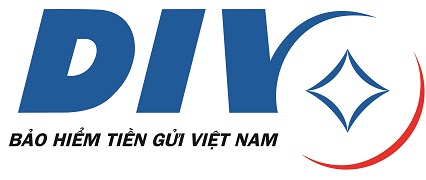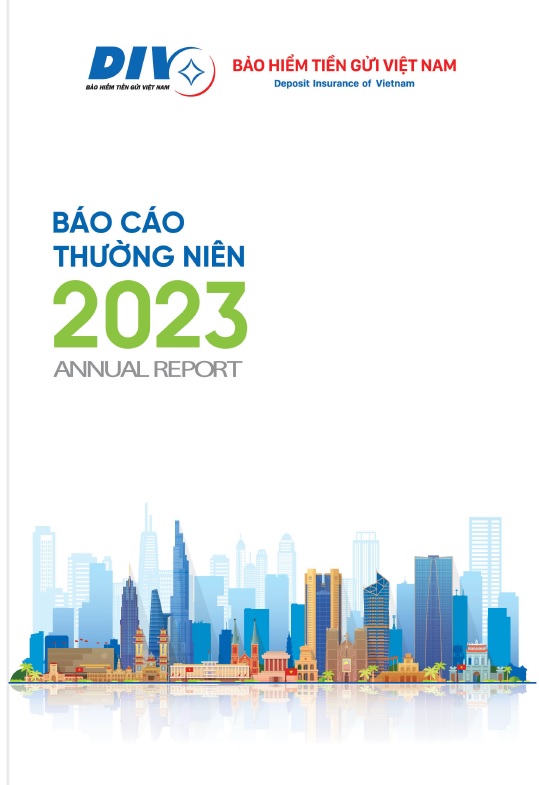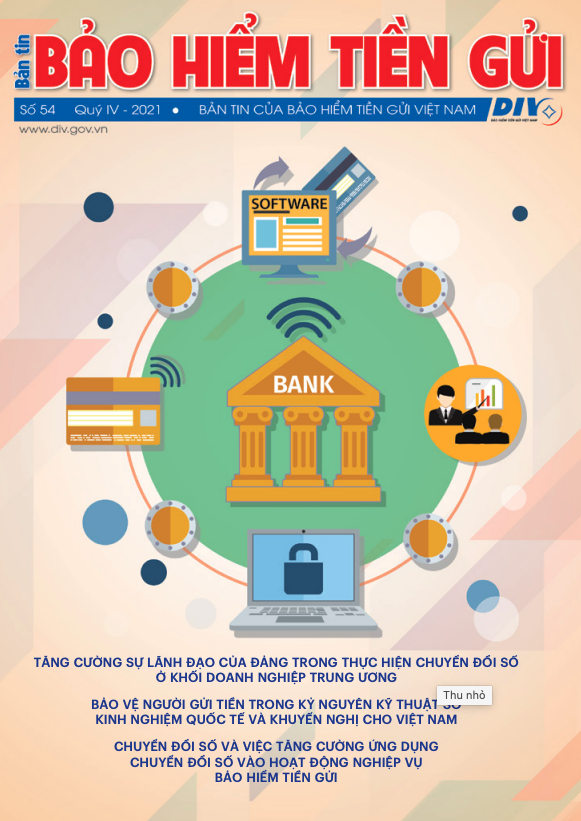The rapid development of the banking activities in recent years, along with the emerging trend of international economic integration and financial liberalization, has created excessive risks in banking business. Unfavorable information of any deposit taking institution would make depositors feel confused and panic which may develop into bank runs. Without proper and timely solutions, single bank runs would spread into other deposit taking institutions; badly affect the credit institutions in particular and the economy in general.
Definition of bank runs
“Bank runs” is not a new term in the world, however, in Vietnam; it is still very new to many people. There are a number of definitions, in this article; it is defined by Barron’s dictionary of banking terminology as follows: ‘A series of unexpected cash withdrawals caused by a sudden decline of depositor confidence or the fear that a bank will be closed by the chartering agency”. There are two types of bank runs: One is “Runs on individual banks”. It occurs within one bank and the worst result is the disruption of that bank’s business and operation. Runs on a single bank are not essentially harmful to the economy. Second is “Runs on the banking system”. It occurs when runs on a single bank can develop into runs on a number of banks or the banking system. Therefore, contagious bank runs can be defined as runs which spread from one bank or group of banks to other banks.
The world’s banking history has recorded the severe consequences of many banking crises caused by bank runs, leaving profound ramifications on the banking system and the economy as a whole. Globally, in the 1929-1933 period and the ensuing years, bank runs caused the shutdown of many large-scale banks such as the collapse of the Franklin National Bank (FNB) in 1974, the bankruptcy of Italia’s Banco Ambrossiano in 1982, the chain-reaction collapse of many banks in Canada in 1985. In the 1980s, the US witnessed bank runs at the Penn Square Bank, which spread to Continental Illinois, America’s biggest bank in 1984; the massive withdrawal of USD 1 billion at New England Bank caused its disruption (1982-1984); A host of saving and loans institutions in Maryland (1) and Ohio witnessed bank runs in the 1980s. During the 1997 Asia financial crisis, they happened in many countries such as Thailand, South Korea and Indonesia, leaving considerable implications. In this period, at the height of the confidence crisis, bank runs were seen in two thirds of private banks in Indonesia, which accounted for a half of its banks (2). From November 9-12, 2006, Nepal Ltd. Bank faced a severe bank runs which saw 3 billion rupiah withdrawn from banks in just 3 days (3). Incidents taking place in the US and the UK since late 2007 which remain fresh in our memories, many large banks witnessed massive withdrawals which resulted in severe consequences. From September 14-17, 2007, bank runs happened in the Northern Rock Bank (NR), the UK’s fifth largest credit bank, not only caused great losses to the bank’s shareholders but also led to a fall in the price of other banks ‘stocks. As witnessed by observers, the bank’s branches fell into the deepest crisis ever in history with chaos happening in its 72 branches, customers queuing in masses to withdraw their deposits, which forced bank branches to open until midnight (4). Within just 4 days, the sum of deposit withdrawn from this bank totaled USD 4 billion (5). After the UK’s Central Banks pumped money into the NR and measures to reassure customers were taken, the situation remained critical, which forced the UK Government to implement blanket guarantee on the bank’s deposit. Expenses for new measures taken to rescue the NR were estimated to be about 40-50 million pounds, accounting for roughly 10% of the NR’s 2007 target profit. The price of shares of the NR and a number of other banks and financial institutions fell to critical level (6).
Business difficulties and bank runs faced by the IndyMac Bank ultimately resulted in the bank’s collapse on July 13, 2008. With its USD 32 billion asset, IndyMac was one of the largest banks shut down in the US’s banking history after the 1984 shutdown of the Continental Illinois Bank which had an asset of USD 40 billion. Just 11 days after news about difficulties faced by the IndyMac broke out; depositors withdrew USD 1.3 billion, forcing the bank into an insolvency crisis. Thirty three of IndyMac’s branches were shutdown and the whole bank was rescued in order by the FDIC by setting up the bridge bank namely IndyMac Federal Bank. FDIC’s liquidation costs of IndyMac Bank ranged from 4 to 8 billion dollars (7).
Challenges faced by Vietnam’s commercial banking system
Certain progress made by the commercial banking system in the past years notwithstanding, there remains a big gap in all aspects between domestic commercial banks, especially small ones, and those in the region and the world. Risk management capability remains weak and banking activities contains many risks. To be more specific, risks involve credit, foreign exchange, IT, and moral hazards, etc, which affect bank’s performance and may result in bank runs. When losses are too big, severe consequences can be caused for banks and even the economy as a whole. Despite recent increasing attention paid to risk management at banks, the ratios of bad and overdue debts remain higher than that of many banks in the world. The disclosure and usage of credit information remain weak at many commercial banks.
(i) Weak capital levels: the higher the capital level, the better banks can absorb external shocks to guarantee its business as usual. If its capital is too weak, especially when a bank faces difficulties in its payment capability, it may fall into insolvency without a timely rescue. In response to challenges that come with international integration, Vietnam’s commercial banks have taken many measures to increase their capital. Even though the charter capital levels of Vietnam’s commercial banks increase considerably, they are still comparatively lower than that of regional banks (12). Low level of equity with limited internal accumulation ability, chances of supplementing capital from State’s budget or shareholders are hardly seen, in the context of deep international integration , especially following Vietnam’s successful signing of TPP, liquidity risk management will face big challenges.
(ii) The quality of audit and internal control is not as high as expected. Research identified that the harmonization level between Vietnam’s and the world’s accounting standards (related to 10 standards chosen for research) stayed at 68%, lower than the expected number of 90% 9(13). This number showed a big gap between the two standards. Therefore, there is a difference between the auditing results of Vietnam and the world‘s with regards to some criteria (data on equity and provision for credit risks). The inconsistent application of either Vietnam’s or the world’s accounting standards at commercial banks, not least several banks are implementing both standards, creates burden on banks and at the same time affects the risk assessment process and the integration of banks.
Solutions to prevent bank runs
In order to prevent bank runs, a coordination mechanism among authorities should be in place:
(i) From commercial banks: Banks should actively re-structure their reserves to be capable of dealing with upheavals and crisis. When capital level increases, people’s confidence is also enhanced. Internal control of banks should be executed seriously and independently. It will help banks see through their the performance, thus bring up corrective actions in a timely manner.
(ii) From the State Bank of Vietnam: should come up with long-term macro policies such as: restructuring the banking system to make them more healthy. Audit, supervision, inspection should be monitored and implemented severely, regularly and consistently. The above operations will facilitate the SBV to precisely assess the situation of credit institutions. When credit institutions face with capital shortage, bad debts or moral hazard, SBV will work out solutions in a timely manner to prevent bank runs, thus contain failure of credit institutions.
(iii) From deposit insurer: Deposit insurance policies serve as State’s instruments to protect depositors, maintain the public confidence in order to avoid bank runs. Therefore, DI policies should be disseminated widely. Along with PR policies, deposit insurer should effectively carry out supervision, examination of the bad credit institutions, so as to mitigate risks, reinforce the public confidence and prevent bank runs.
Reference
1. Temzelides, page.4, 1997
2. Heffernan, 2005
6. /DesktopModules/VietTotal.Articles/PrintView.aspx?ItemID=444
9. DIV’s supervision report on insured institutions 2000-2007
10. http://ngoisao.net/tin-tuc/thoi-cuoc/24h/luong-khach-rut-tien-giam-dan-2446756.html
http://www.sav.gov.vn/1500-1-ndt/su-hoa-hop-giua-chuan-muc-ke-toan-viet-nam-va-chuan-muc-ke-toan-quoc-te-thuc-trang-nguyen-nhan-va-dinh-huong-phat-trien-.sav

























